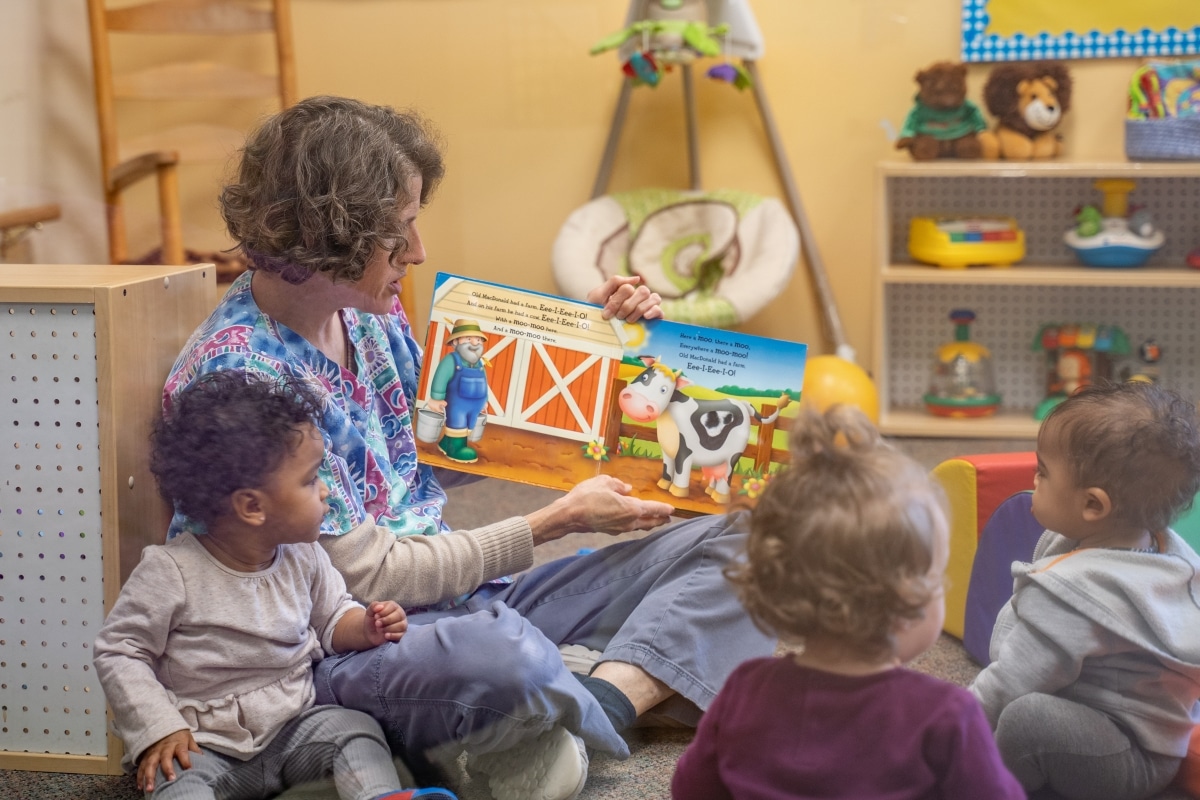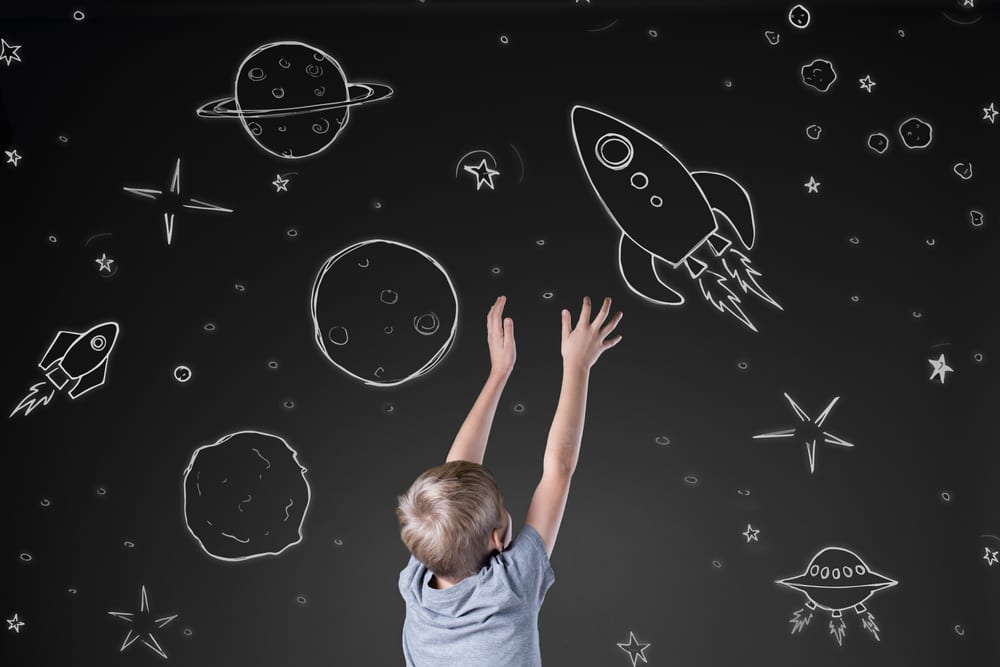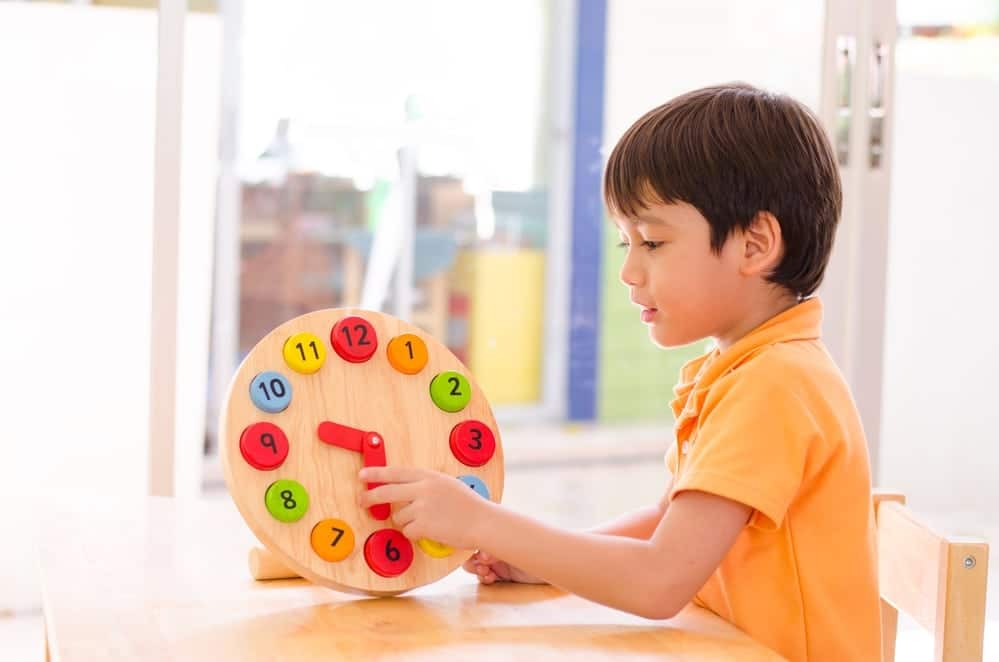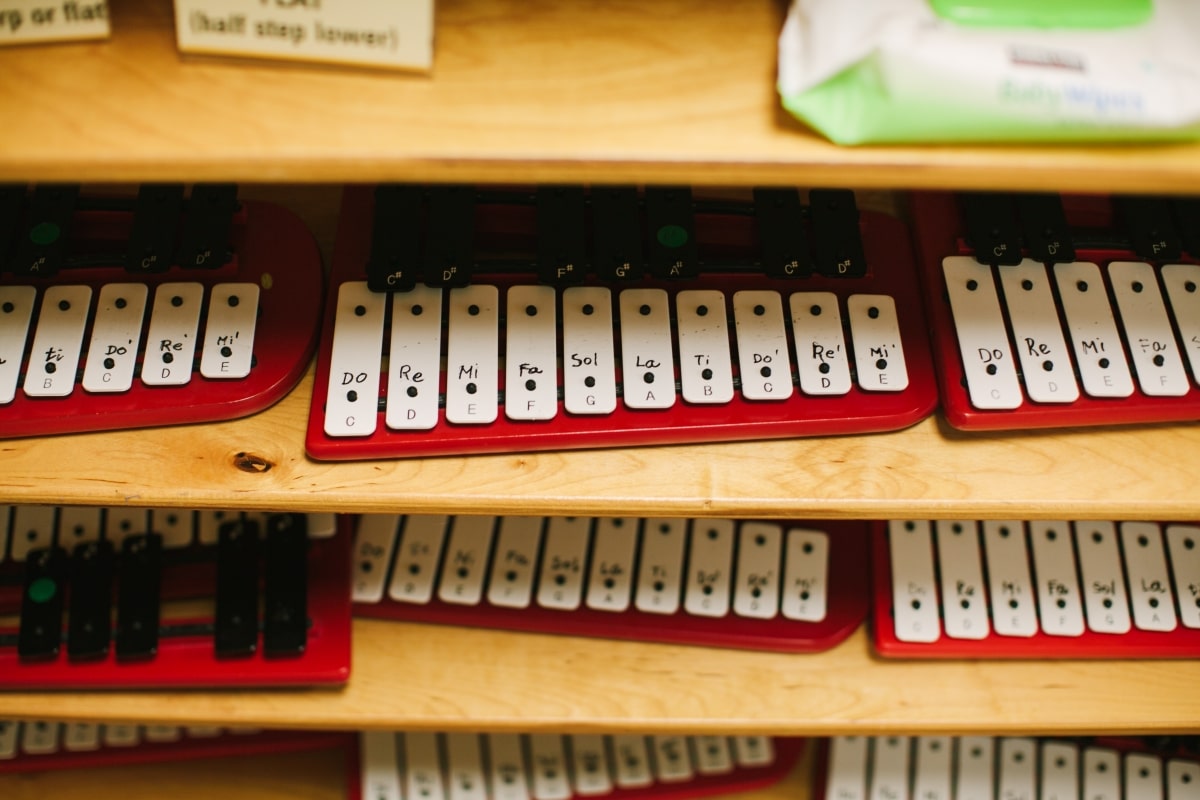By: Connie Parker
Within a Montessori classroom, movement is found everywhere. It has great importance in mental development, provided that the action which occurs is connected with the mental activity going on. Having purposeful movement is what drives not only behavior but learning. Children are given the freedom to move around in the Montessori environment because movement is classified as a sensory activity that has direct connections to the brain.
When we teach movement with language, there are materials and games you can play with the children in a Montessori classroom. Some of the materials and games can be geared towards ages 3-6, while other games can be made for children 4-6 and older. Keep in mind that every child is on a different level and some children might pick up the material quicker than others. Having children sitting in a circle while you are presenting these materials is a wonderful way for each child to observe, explore, investigate, retain information, discover, be creative, think, listen and have joy in what and how they are learning!
Activities that incorporate words and movement
I spy is a wonderful game to play with children. Start with one object and set down the object in front of the child and say, “I spy with my little eye something that begins with___”. Give the child time to think about and name the object. Once a child can master the first object, you can introduce other objects on your tray. As an extension, you can say I spy something that starts with fff-fork than ask the child to walk around the room to find the same sound. It teaches phonetic awareness in a playful way that incorporates movement and you can do it anywhere.
Using word cards that identify things or objects in your classroom is another way to implement reading and movement. For example, having a set of cards with a printed word on each card that reads: door, shelf, window, etc. A child can read the words and walk around the classroom and place the words in the correct spot.
When a child can read whole words, “the verb game” can be played. Make a set of cards, on each card print a single one-word command (a verb). The child picks a card, reads it, and he/she can perform the command: hop, smile, yawn, sleep, clap, sit, stand and wave etc. Once the child can read one-word command cards, you can create more advanced card sets using complete sentences, such as “Bring me a book,” or “Waddle across the room like a duck.” The children love this game.
The skeleton game is played in our classroom. Make a set of cards and on each one print a single word that has a body part (hand, foot, arm, leg etc.) A group of children sits in a circle. One child is chosen to lay in the middle of the circle. Each child takes a turn picking a card and placing it next to the child’s body part. We do this activity in March when we study the parts of the body in Kindergarten.
The syllable game is a game that can be played to music with a drum. You will have a set of cards with a different amount of syllables on each card – one syllable, two syllables, three syllables and four syllables. Have the children sit in a circle with a mat in the center of the circle. First, place the cards on a mat; then choose objects of different syllables and place them in a bowl. Place the bowl on the mat in a circle. Invite a child to come and choose an object from the bowl and have the child sit next to the mat. Have the child say the word (object) and place the object on the correct syllable card, then take a musical drum and say the word out loud while beating the drum. Take the word “apple” for example. Apple has two syllables so the child would place the object on the two-syllable card and beat the drum twice. Associating syllables with a beat can help students learn the concept of syllables within the words. You can also do this activity with jumping and clapping.
Why is it so important to connect words and movement?
Connecting words and movement in a Montessori classroom is an indirect aim for future work in the language area. This prepares a child to further their mind through handwriting and reading. As the child begins to recognize and learn the alphabet, compose words, phrases, sentences, and stories, a child will have a great interest in choosing books to read. Through the hands-on materials and games that are played, the children have the ability to recognize and sound out bigger words, knowledge of words form complete sentences and self-confidence in what they are doing and reading. Spending time reading to your child at an early age is rewarding and will instill a love of reading for a lifetime!
One of my favorite quotes from our wonderful leader Maria Montessori says the following: “What the hand does, the mind remembers”.











